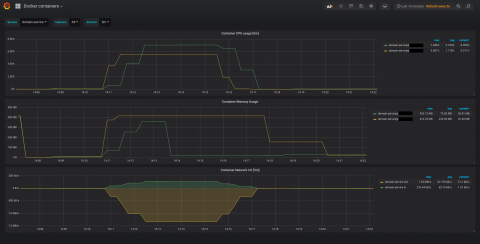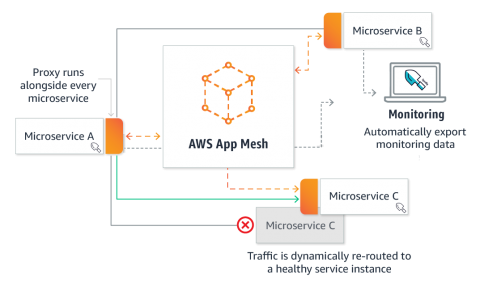Do you trust your Microservices Identities?
Microservices provide great benefits to development organizations. They enable multiple autonomous development teams to work on the same application, maintaining efficiency,speed, and utilization of modern resources such as open source, containers and programming languages. The Microservice paradigm simplifies application building,debugging, management, deployment, scalability and of course time to market.




